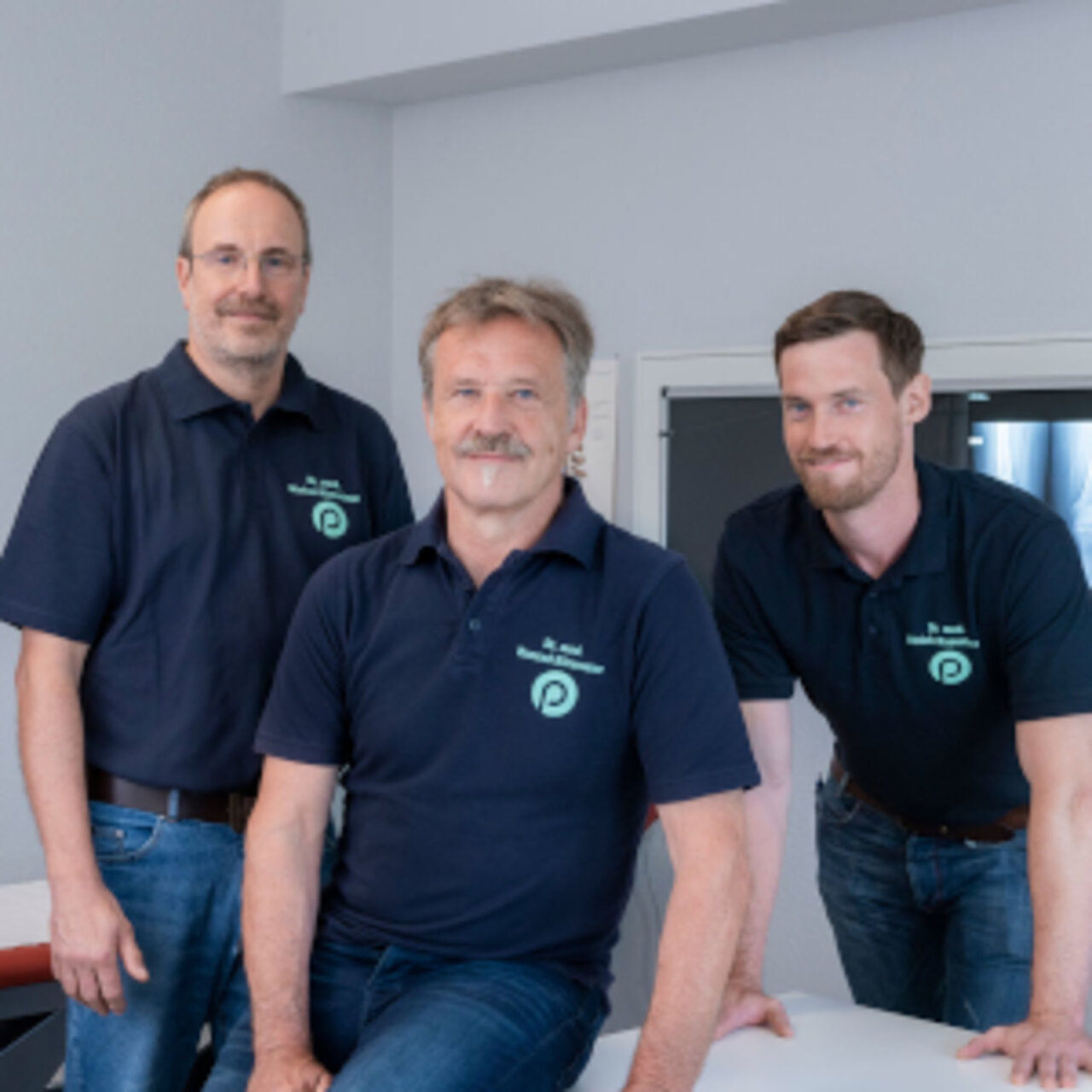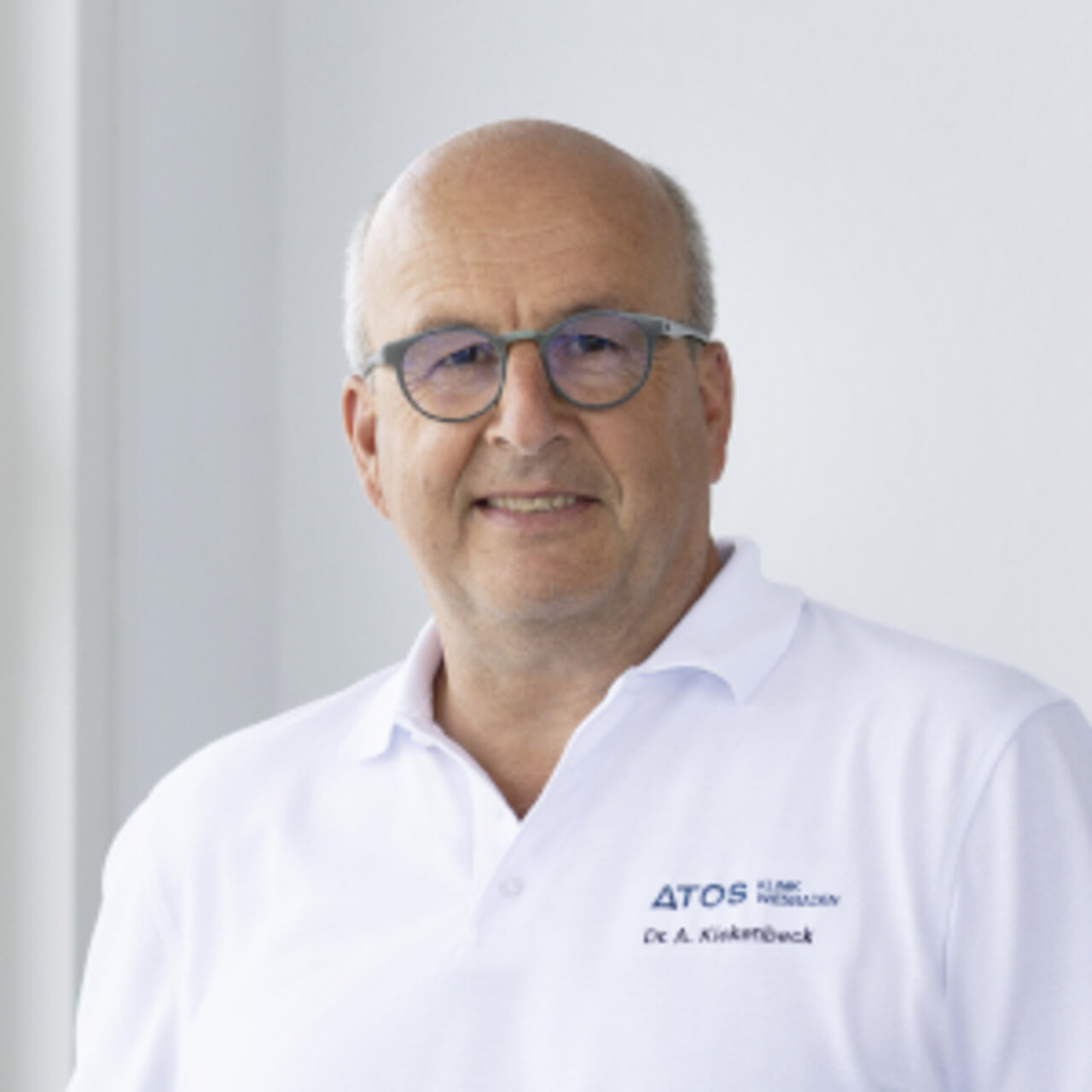Specialists in Osteochondritis dissecans
10 Specialists found
Information About the Field of Osteochondritis dissecans
What is osteochondritis dissecans?
Osteochondritis dissecans (OCD) is a bone disease in which damage to the bone and cartilage occurs due to a local circulatory disorder. The damage can lead to the detachment of joint fragments.
OCD can be classified into two types. The first is juvenile OCD, occurring in childhood and adolescence and is characterized by open growth plates in the bones. The second form is the adult form, which is characterized by closed growth plates and occurs in adults.
The progression of the disease is typically classified into stages and is manifested by increasing instability of the joint.
Generally, there are three times as many men affected as women.
The knee joint, the ankle joint, and the elbow joint are the most affected areas.
The number of cases of osteochondritis dissecans has increased since children and adolescents have been particularly encouraged to take part in sport and train in a competitive manner, as this puts great strain on the joints from an early age.
Causes and symptoms
The exact cause of osteochondritis dissecans has not yet been fully clarified. It is assumed that the disease is associated with high levels of sporting activity. Repeated small or large traumas (injuries) due to joint stress can lead to vascular damage and ruptures within the bone. Consequently, cartilage and bone are undersupplied, and their development is impaired which can lead to bone necrosis, where the tissue within the bone dies. If necrosis occurs, bone and cartilage fragments can become detached, resulting in the formation of a free joint body.
Symptoms of osteochondritis dissecans (OCD) can differ widely among individuals. Many patients report pain when bearing weight or a sensation of the joint being locked. Those with the juvenile form often experience general joint pain, swelling, and warmth. When the knee joint is involved, a limp may be noticeable from the beginning.
Diagnosis
The first step in diagnosing osteochondritis dissecans is an orthopedic examination of the affected joint. The doctor inspects the joint and palpates it and performs joint-specific function and movement tests.
X-rays are also taken to localize the damage in the bone and take a closer look. Another important examination is the MRI. It shows the doctor how far the damage has already progressed and thus provides indications for treatment and prognosis.
In principle, early diagnosis of the disease is important for treatment, progression and prognosis.
Treatment
At present, there is no therapy that directly targets the cause.
Current treatment methods depend on the stage of the disease and can be either conservative or surgical. The goals of therapy are to restore the cartilage-bone interface by re-establishing adequate blood supply, thereby preventing disease progression and the development of arthritis.
In the 1st and 2nd stages, conservative treatment measures are taken. Initially, these include consistent rest for 4-6 weeks, followed by gradual re-introduction of everyday activities and physiotherapy. In this 6–12-week period, contact and other very dynamic sports should be completely avoided. Following radiological control and pain relief, it is then possible to slowly resume more strenuous activities such as running or jumping sports.
In the case that the conservative approach in stage 2 did not provide sufficient results, and symptoms persist, a procedure known as “drilling” of the bone during an arthroscopy can be performed to improve blood flow to the affected area. This treatment has shown very good results, with most patients (75-99%) experiencing relief from pain and regaining full mobility.
As stage 3 usually already involves unstable cartilage-bone fragments, the treatment is surgical. Arthroscopy (knee endoscopy) is generally sufficient in most cases. However, if the damage is already very advanced or is in an unfavorable location, open surgery is required.
In the 4th stage, treatment is always surgical, because part of the joint has become completely detached. An attempt is made to preserve and reattach the joint body. Where this is no longer possible, e.g. because the fragment has become deformed, cartilage reconstruction methods can be used.
Course and prognosis
Since the bone is still growing in the juvenile form, there is a possibility that it will regenerate completely. In the adult form of OCD, however, the bone lacks this ability, which is why advanced and severe cases are often found.
Conservative treatment of the juvenile form alone restores the weight-bearing capacity and function of the affected joint (in this case the knee joint) in more than half of cases. The success of surgical treatment depends on the stage and extent of the defect and is between 62 - 99%.
If the diagnosis is made early and the appropriate treatment is initiated, the prognosis is good.
Which doctors and clinics specialize in osteochondritis dissecans?
Anyone in need of a doctor would expect the best possible medical care for themselves. Therefore, patients are looking for the most suitable clinic for their needs. Since this is not an objective decision and a respectable doctor would refrain from claiming to be the best, patients must trust the experience of a doctor.
We can help you find an appropriate expert for your condition. All the doctors and clinics listed have undergone extensive review and have been verified by us for their outstanding expertise in the field of osteochondritis dissecans (OCD). They are looking forward to and are ready to address your questions and treatment requests.










